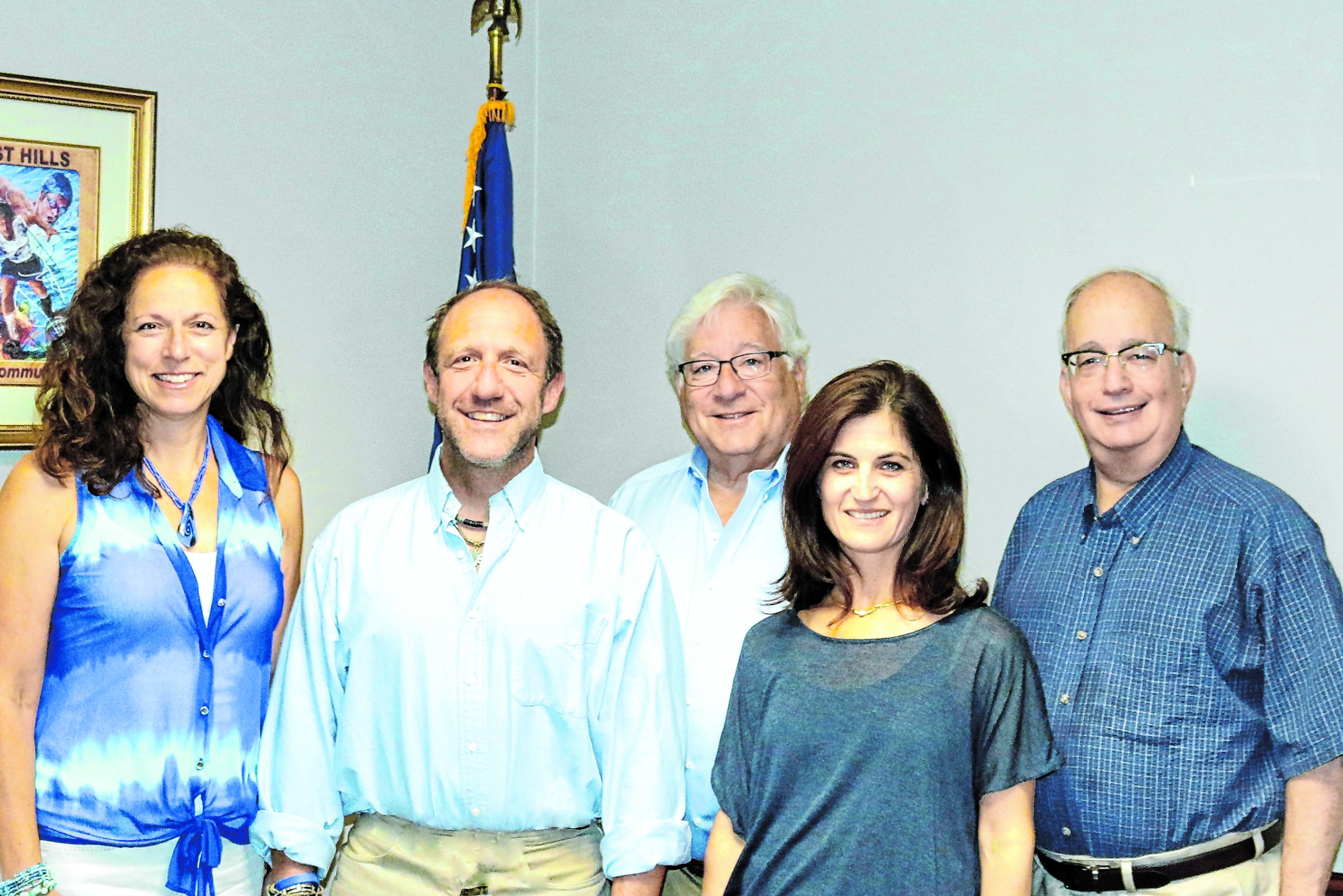Preservation Long Island works with communities throughout our region to protect and celebrate historic places, encouraging excellence in stewardship and advocacy. Our Preservation Awards, presented every other year, recognize individuals, organizations, and projects that demonstrate extraordinary achievement in fields related to historic preservation on Long Island. Congratulations to this year’s honorees!
Project Excellence: Webb Institute and Bentel & Bentel Architects
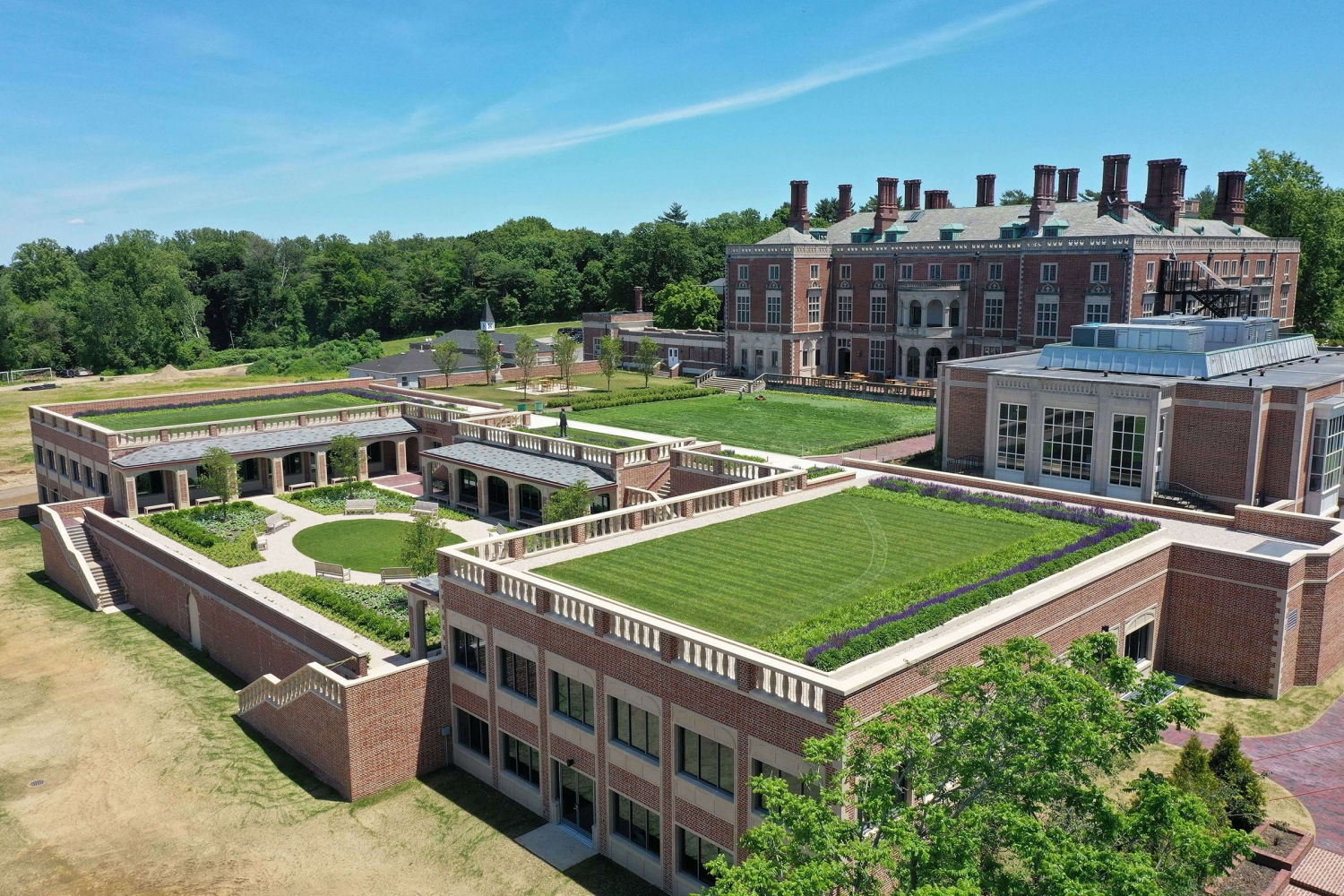
In recognition of exceptional achievement in the historically sensitive design of the Couch Academic Center, a new facility for teaching, learning, and collaboration in Glen Cove. The brick façade and green roof blend seamlessly with historic Stevenson Taylor Hall and other campus structures overlooking the Long Island Sound. The Couch Academic Center features new collaborative learning spaces, studios, lecture halls, computer/makers labs, faculty offices, and a student lounge. Construction began on July 23rd, 2018. The project took approximately 14 months to complete with classes transitioning to the new academic center during the 2020 spring semester.
Project Excellence: Paul and Catherine Herkovic
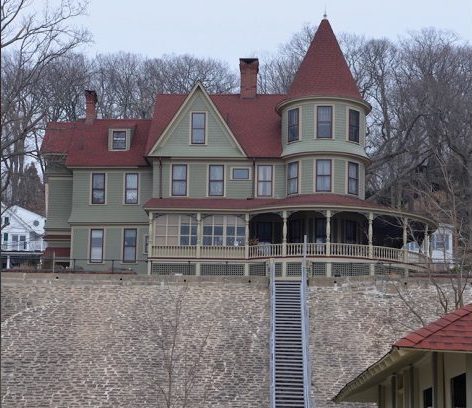
In recognition of the outstanding stewardship and rehabilitation of the Stanley Lowndes House in Northport by historic homeowners. The Queen Anne-style residence overlooking Northport Harbor was built ca. 1895 for Stanley H. Lowndes, a prominent regional figure and renowned oyster baron. In addition to careful rehabilitation at the exterior and interior of the house, the homeowners also sponsored the property’s listing on the State/National Registers of Historic Places in 2019.
Organizational Excellence: Southampton African American Museum (SAAM)
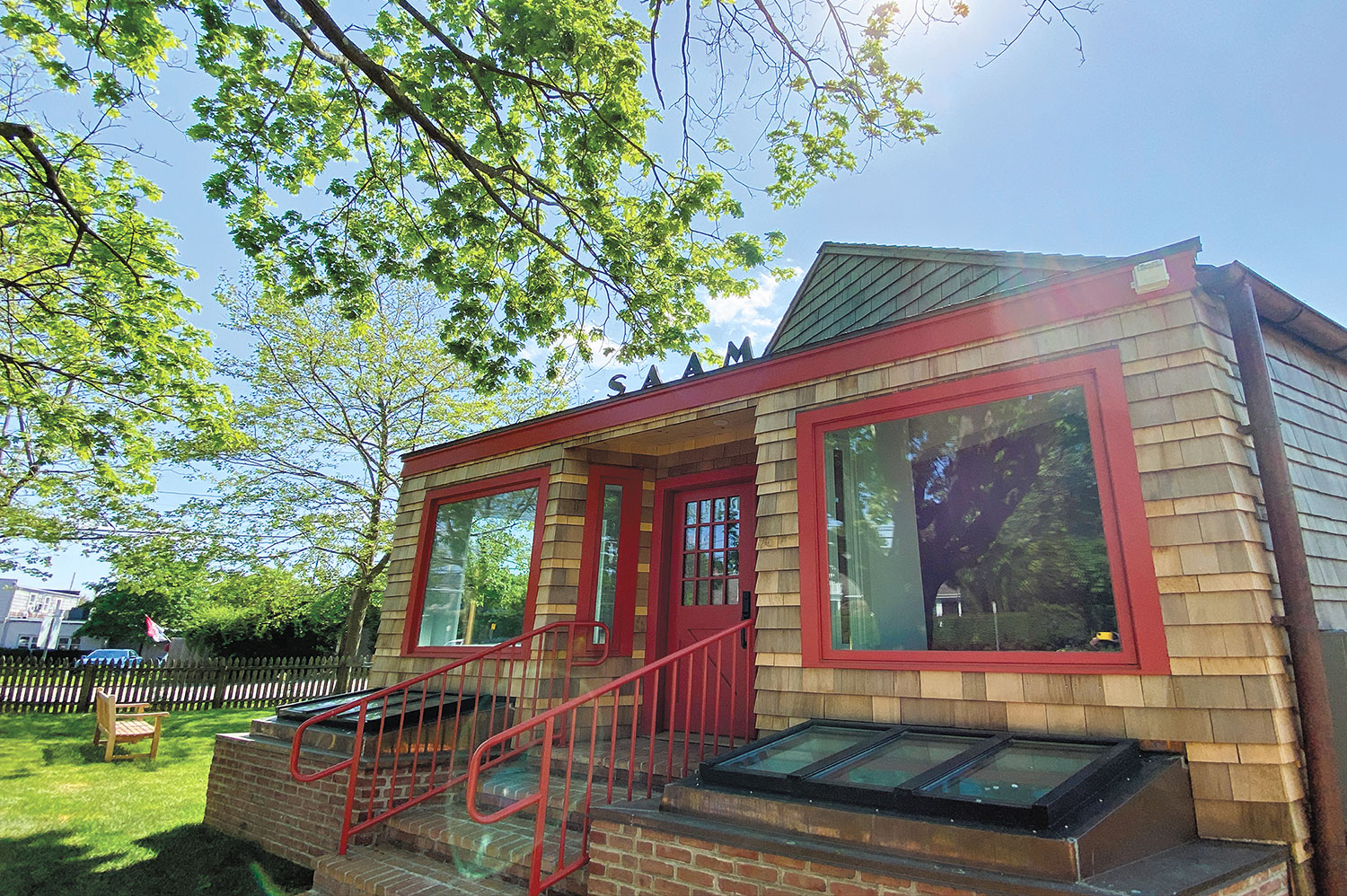 In recognition of outstanding achievement in education and advocacy for preservation of Black heritage sites in Southampton Village. SAAM is a not-for-profit organization established in 2005 with a mission “to promote an understanding and appreciation of African American culture by creating programs that will preserve the past, encourage learning and enhance the life of the community.”
In recognition of outstanding achievement in education and advocacy for preservation of Black heritage sites in Southampton Village. SAAM is a not-for-profit organization established in 2005 with a mission “to promote an understanding and appreciation of African American culture by creating programs that will preserve the past, encourage learning and enhance the life of the community.”
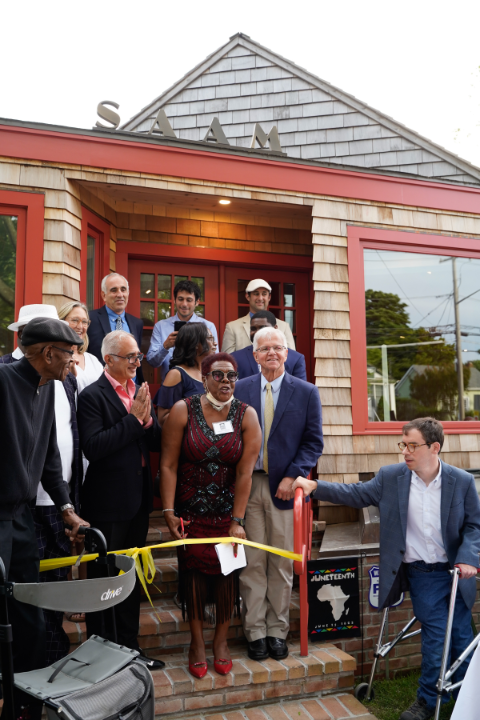
SAAM is the steward of 245 North Sea Road in Southampton Village, which features a relatively modest structure built by Emmanuel Seymour in the 1940s, where he lived and operated a barbershop and salon after migrating from North Carolina. Salons and barbershops like this site not only provided much-needed services, but offered “sanctuary” in Jim Crow America as one of the few spaces where African Americans could safely gather.
SAAM spearheaded the nearly 20-year-long effort to create a museum and cultural center at the site, finally opening to the public on the weekend of Juneteenth of 2021 (June 19). The property was purchased in 2006 by Southampton Town in partnership with the Village (with tax revenue from the Community Preservation Fund). In 2010, the Village Historic Preservation Board designated the site as the first African American historic landmark in the Village of Southampton. Local architect Siamak Samii oversaw the rehabilitation. Since 2014, SAAM has also led local advocacy efforts to preserve and restore the nearby Pyrrhus Concer Home Site, one of our 2021 Endangered Historic Places.
Organizational Excellence: Ma’s House & BIPOC Art Studio
Non-profit organization led by artist Jeremy Dennis
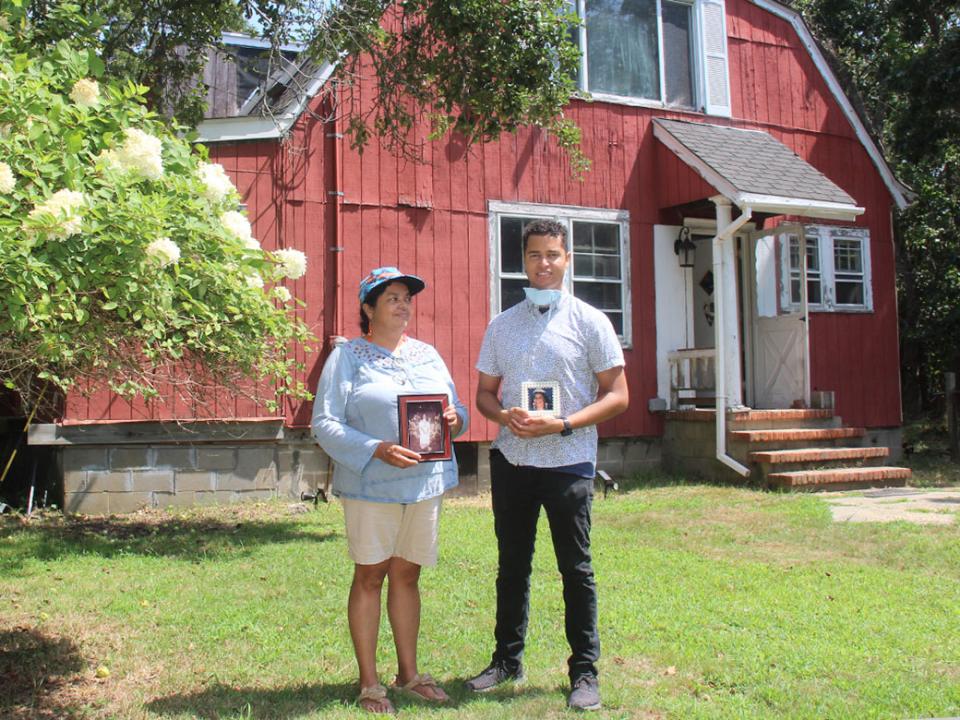
In recognition of creative community-driven leadership in preserving Ma’s House as a shared art space, studio, and library at the Shinnecock Indian Reservation. The newly rehabilitated residential property now hosts a new residency program for Black, Indigenous, and People of Color (BIPOC). Additionally, the site offers an array of art- and history-based programs for tribe members and the broader local community.
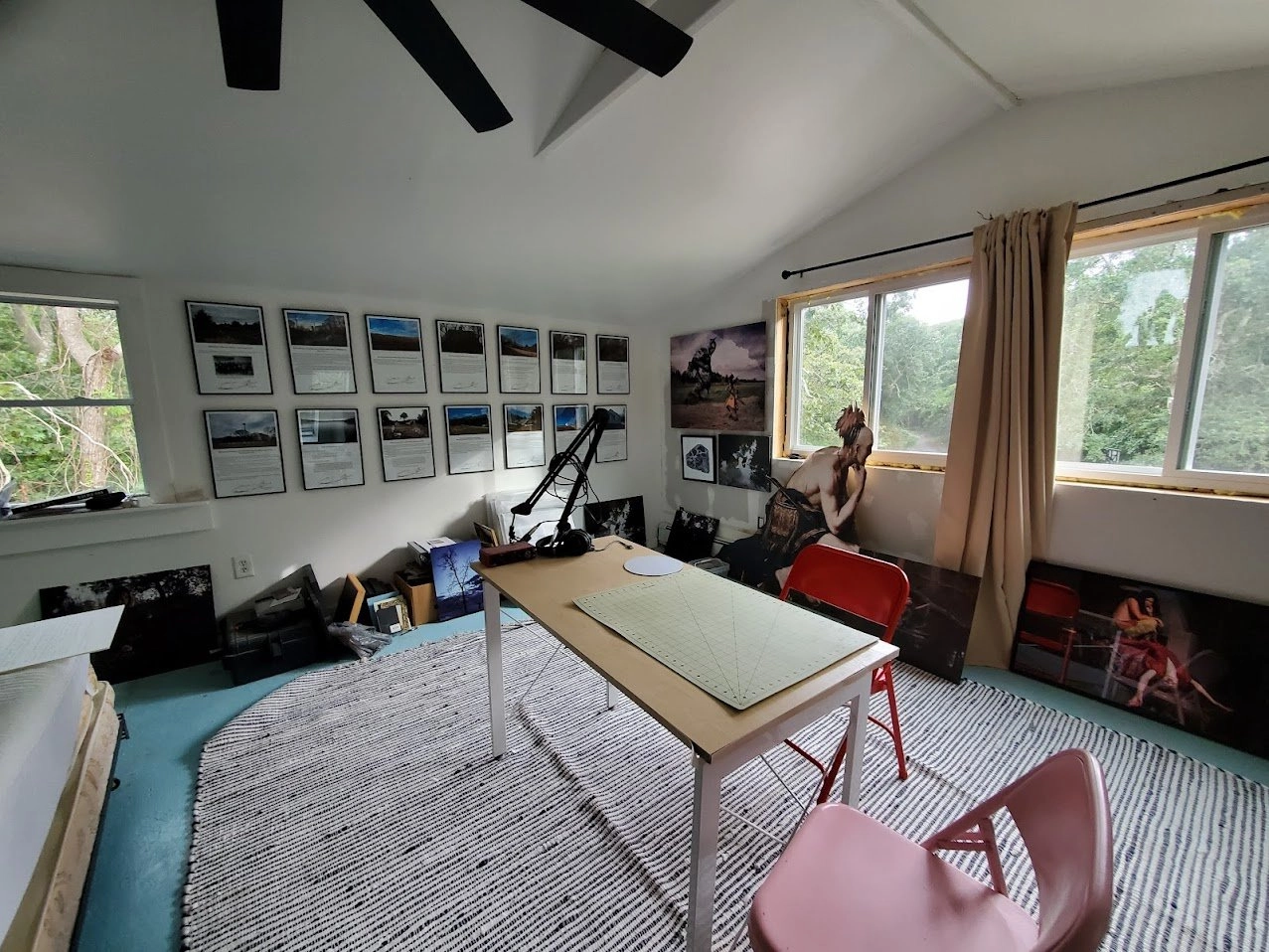
Jeremy Dennis’s grandfather, Peter Silva Arrow, Sr., traditional chief of the Hassanamisco Band of Indians, built the house in the 1950s/60s for his wife Loretta A. Silva Arrow (1919-1998) and their six children. Loretta was known as “Ma” to her family and “Princess Silva Arrow” to the tribal community. Today, Ma’s House preserves and celebrates the memory of a beloved member of the Shinnecock Indian Nation, while supporting BIPOC artists and innovative community-driven uses to an important historic/cultural site.
Organizational Excellence: Van Wyck-Lefferts Tide Mill Sanctuary and Huntington Historical Society
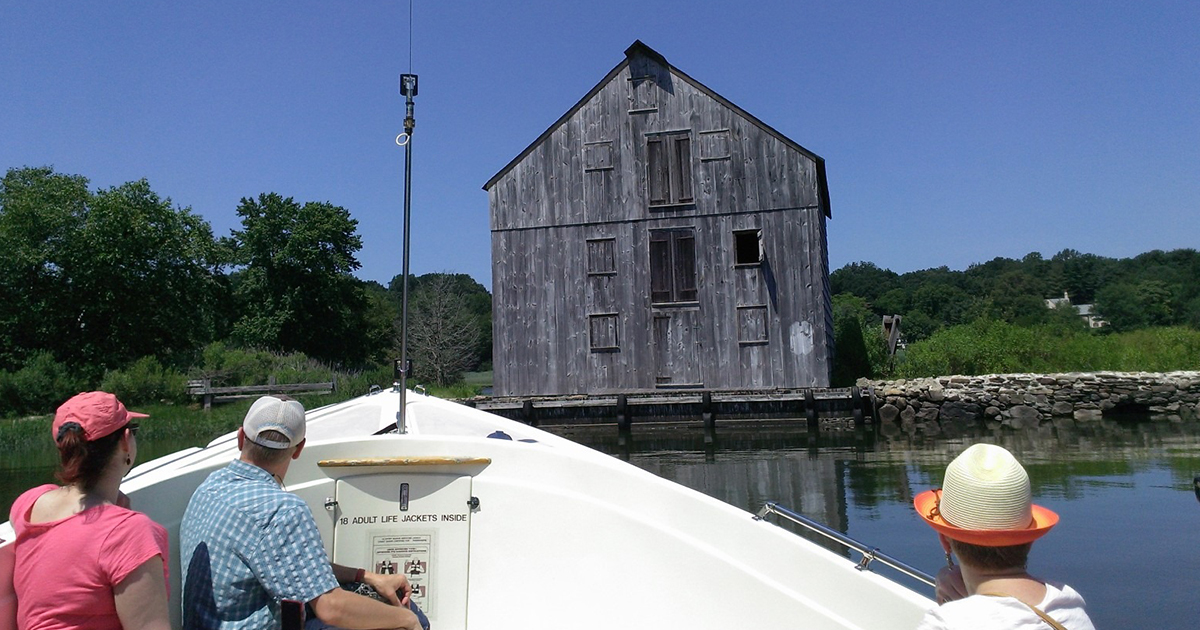 In recognition of innovative stewardship of the Van Wyck-Lefferts Tide Mill for public access in Lloyd Harbor. The non-profit received ownership of the 17-acre parcel (encompassing the mill structures, mill pond, and Mill Cove Waterfowl Sanctuary) from the Nature Conservancy in 2019. The Conservancy was originally gifted the site by local residences in 1979 for the purposes of natural and cultural preservation.
In recognition of innovative stewardship of the Van Wyck-Lefferts Tide Mill for public access in Lloyd Harbor. The non-profit received ownership of the 17-acre parcel (encompassing the mill structures, mill pond, and Mill Cove Waterfowl Sanctuary) from the Nature Conservancy in 2019. The Conservancy was originally gifted the site by local residences in 1979 for the purposes of natural and cultural preservation.
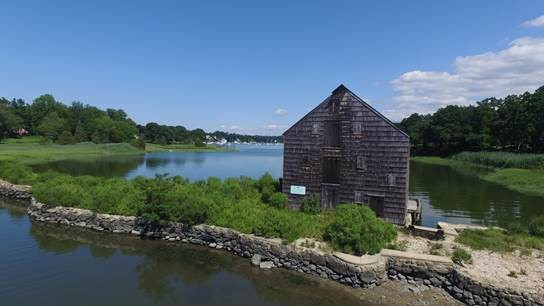
The site’s new owner immediately began repairs to the dam wall and other restoration work. They also tackled serious challenges to public visitation at the mill due to the pond’s environmental sensitivity and the lack of public access via land (the mill is completely surrounded by private residences). A solution was reached in partnership with the Huntington Historic Society to offer guided tours via boat access from Puppy Cove (just east of the mill and pond). Visitors can now experience guided tours of this exceptional 18th-century tidal gristmill site without disturbing surrounding wildlife or private residents.
Organizational Excellence: Village of East Hills
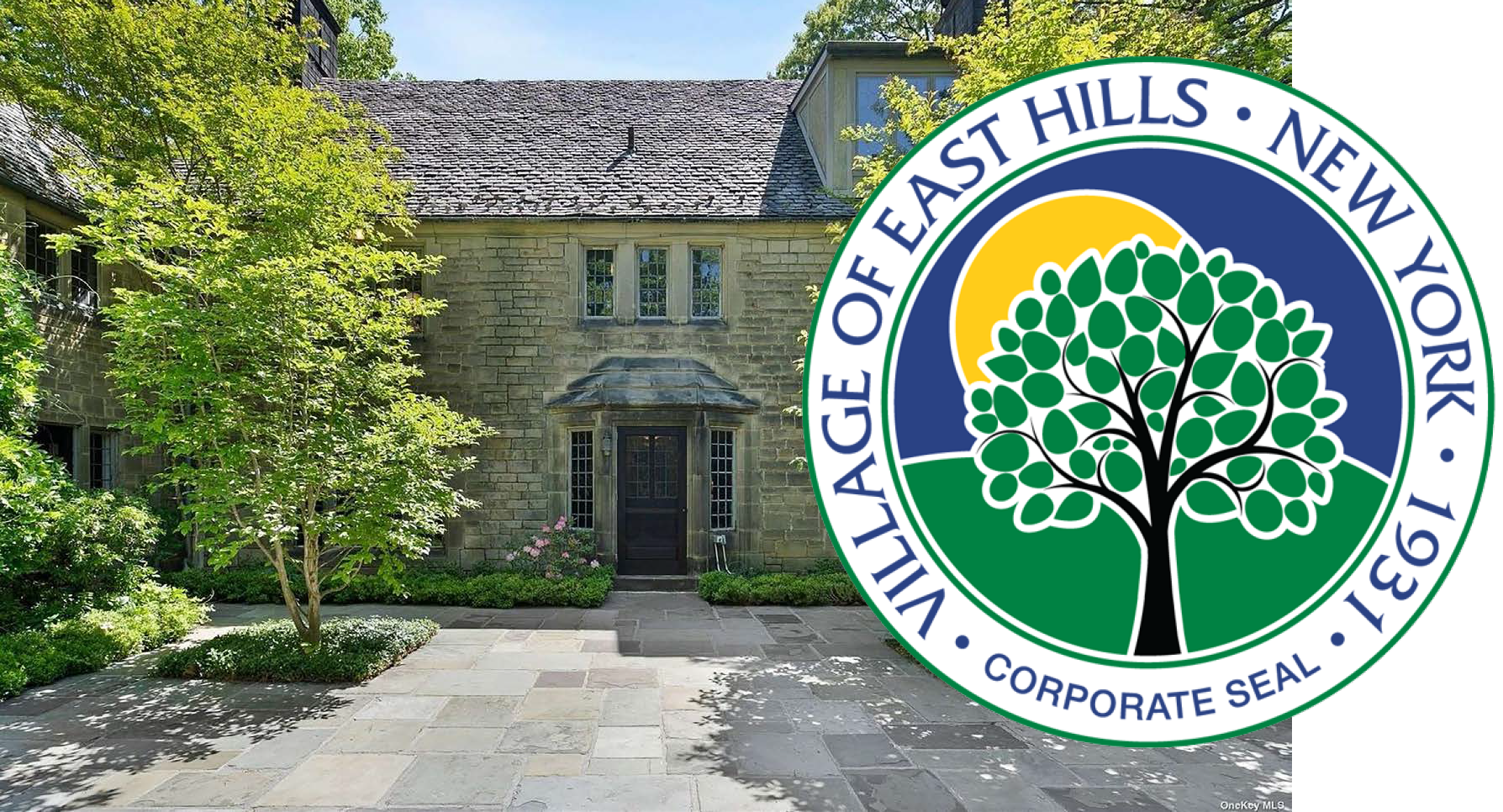
In recognition of the Village’s leadership and commitment to municipal process in preserving John Mackay III’s Happy House (aka 2a Melby Lane or Stonehouse, one of our 2021 Endangered Historic Places).
Following a comprehensive local environmental review, the village reached an agreement with the former owners to preserve the property’s significant historic resources. Previously, the property faced demolition and redevelopment as a new four-lot subdivision. The historic house is now protected by preservation covenants and a more sensitive two-lot subdivision was approved instead of the original four-lot proposal.
Moreover, the positive preservation outcome did not diminish the property’s market value. Daniel Gale announced the historic house (now on a 1-acre lot) sold in December 2021 for $2.595 million. The newly subdivided lots each sold separately for $1.265 million (0.5-acre lot) and $1.4 million (0.7-acre lot). The Village has provided an effective model for other municipalities to more meaningfully recognize, mitigate, or avoid adverse impacts on significant local cultural resources as part of the environmental review process.
